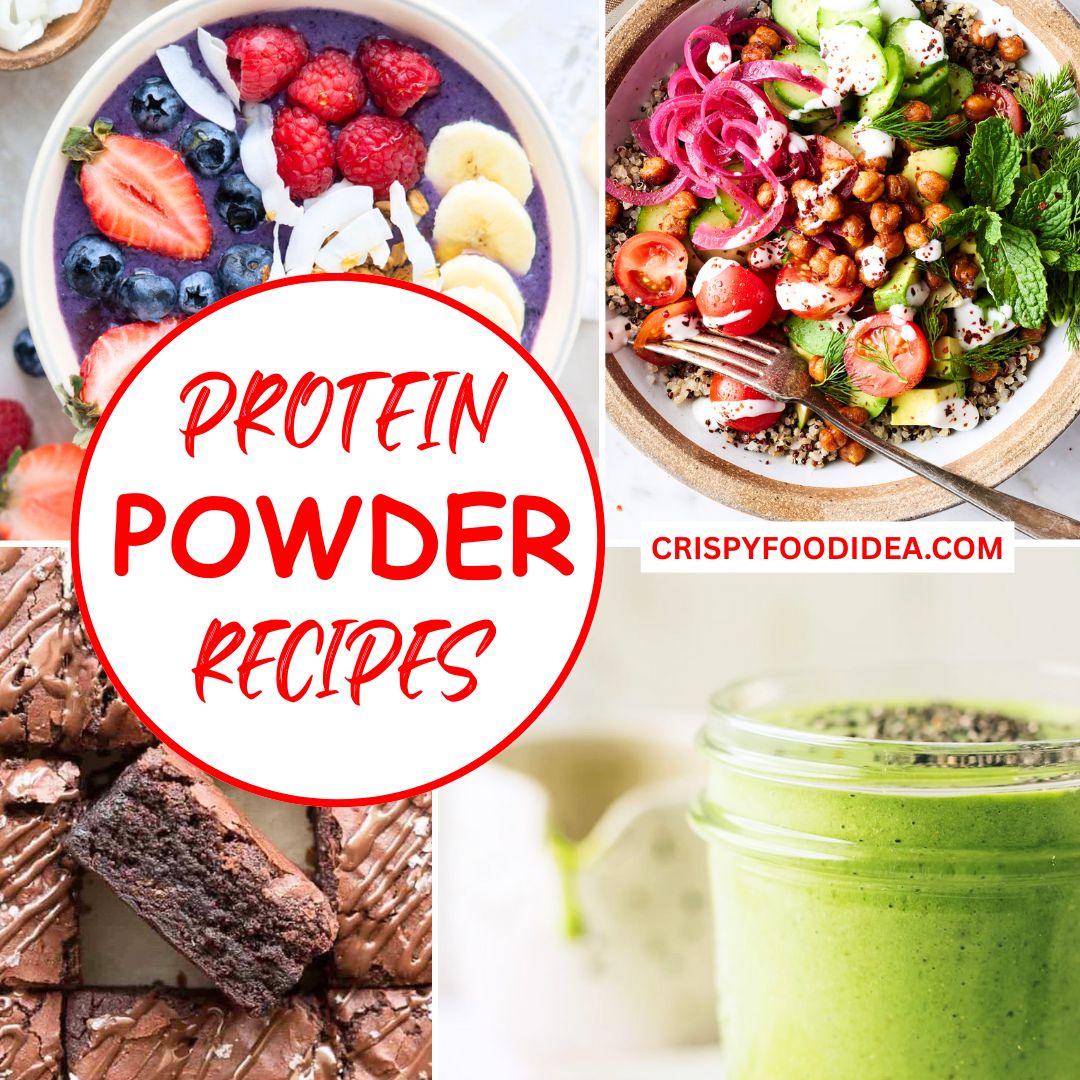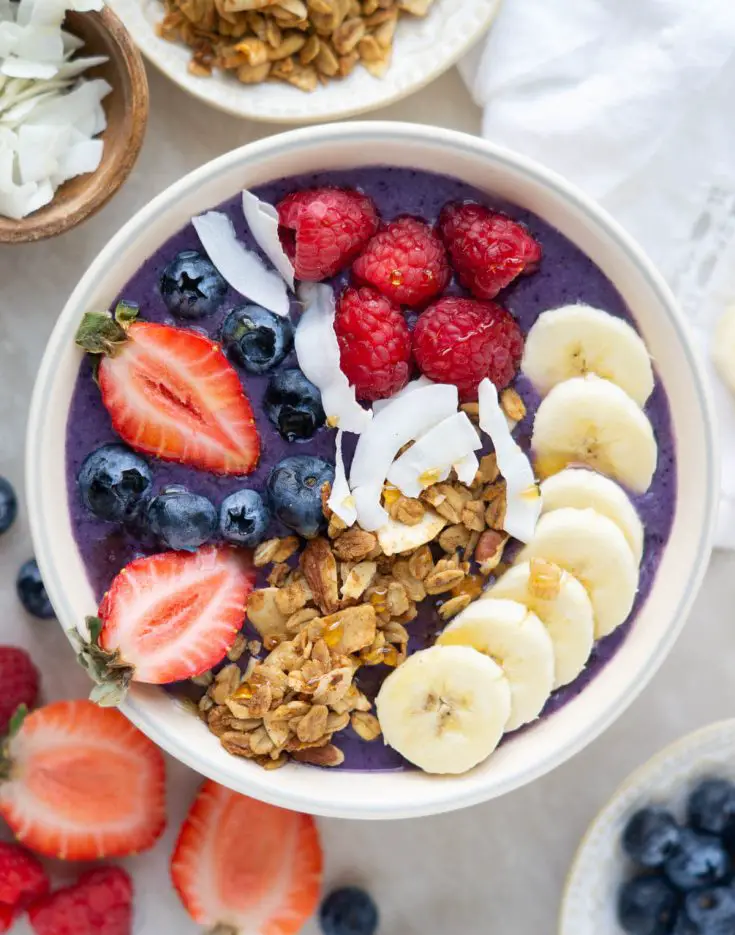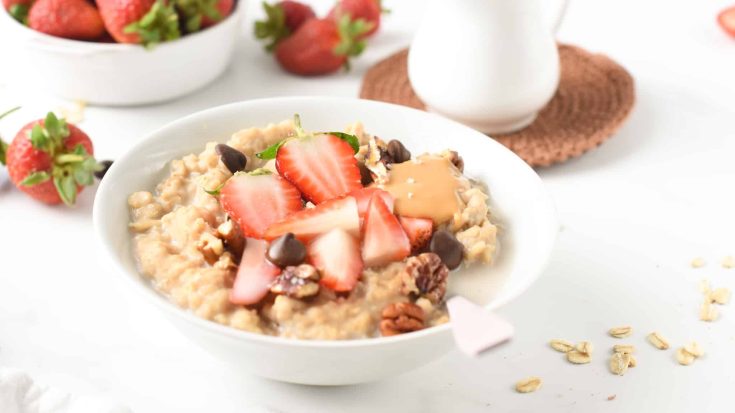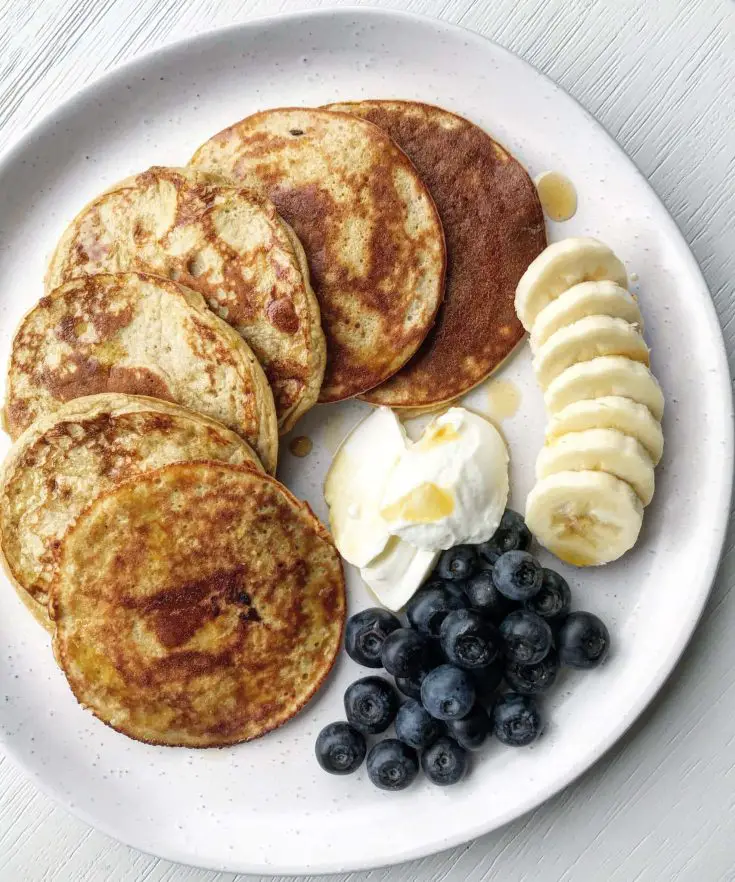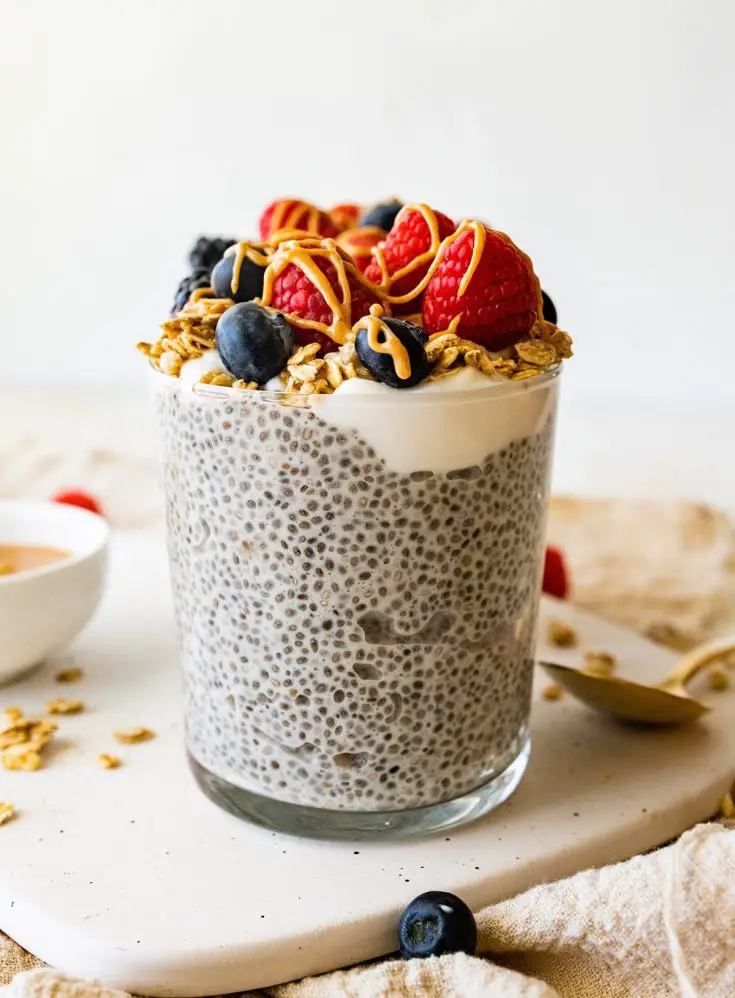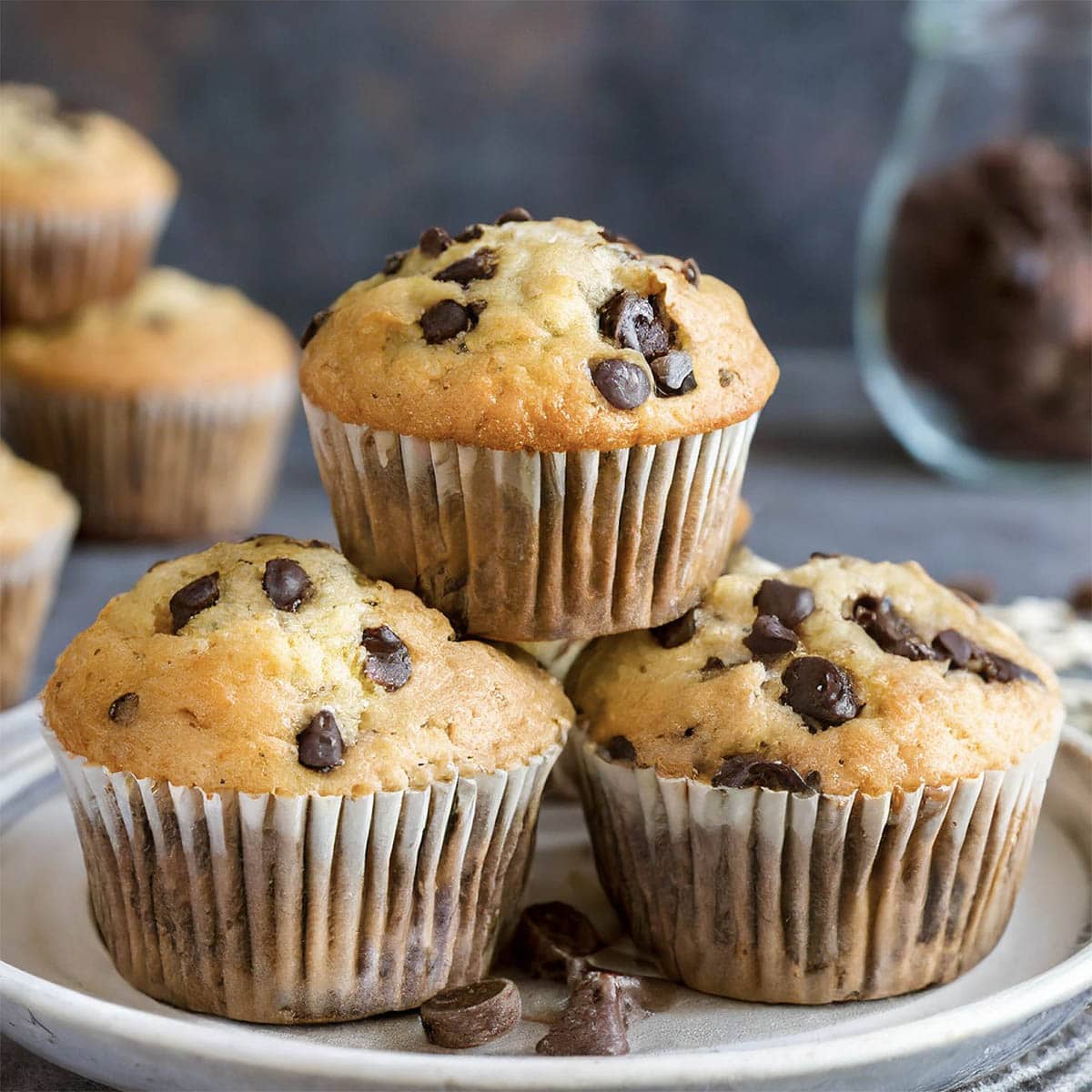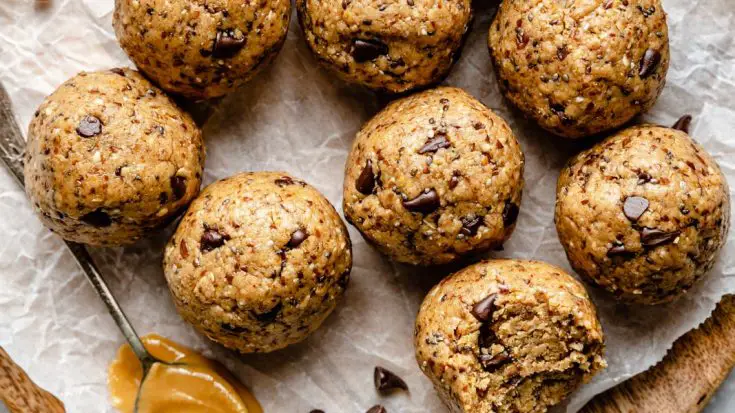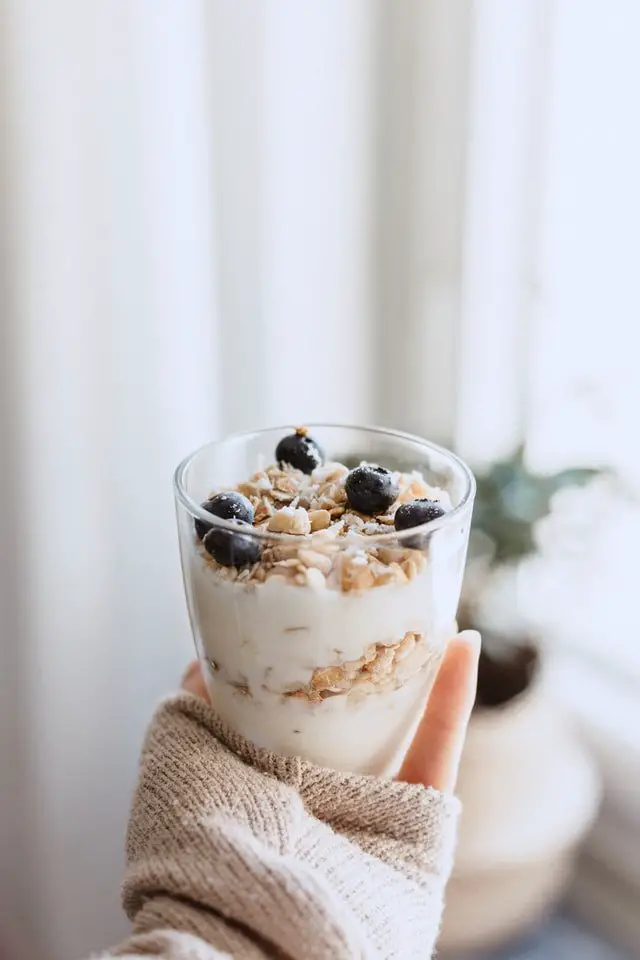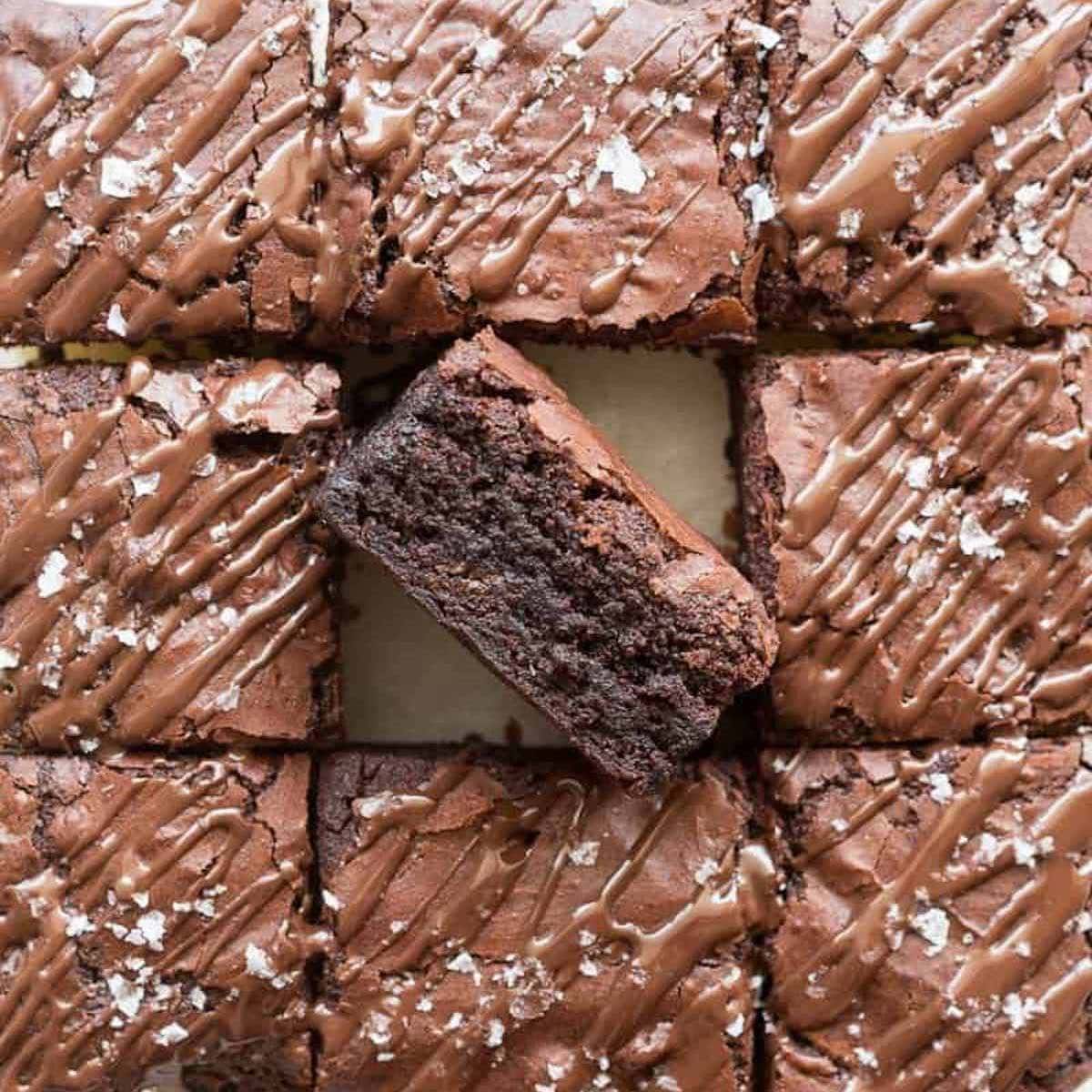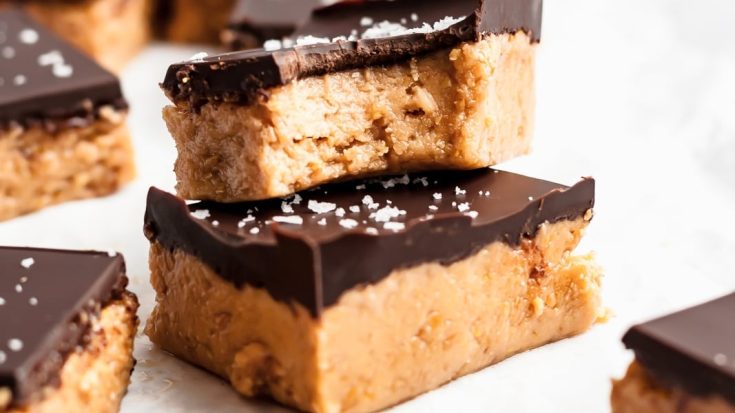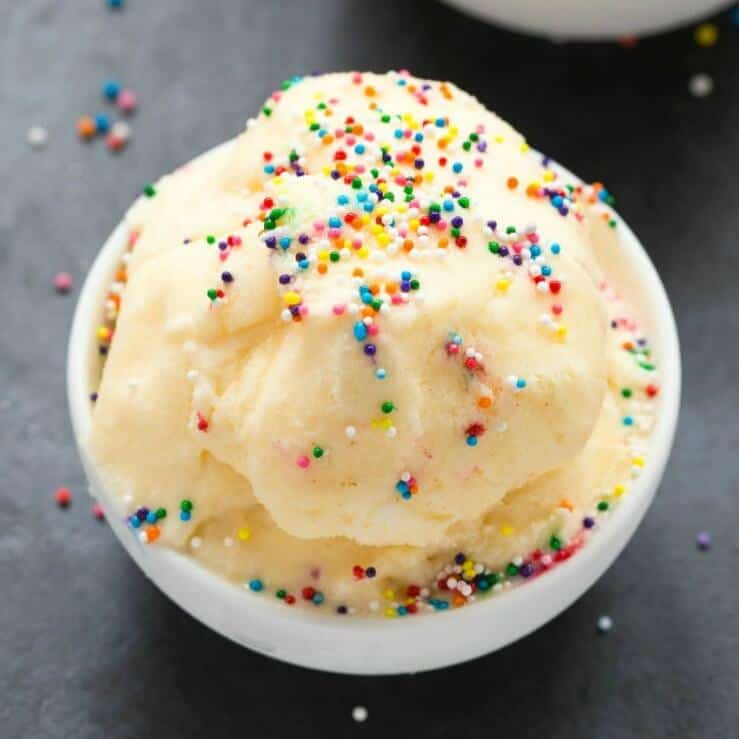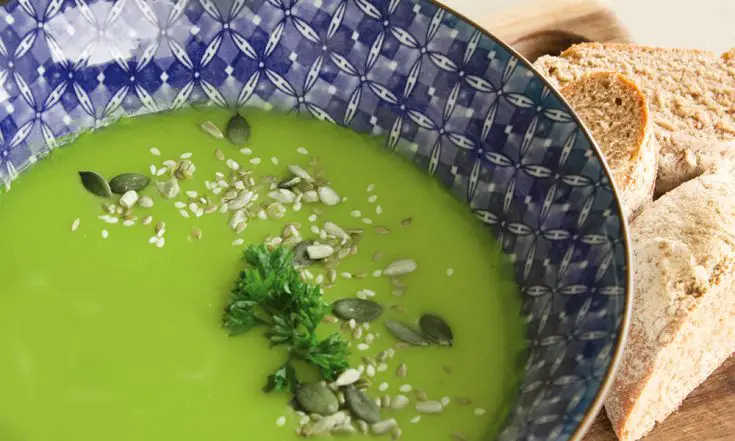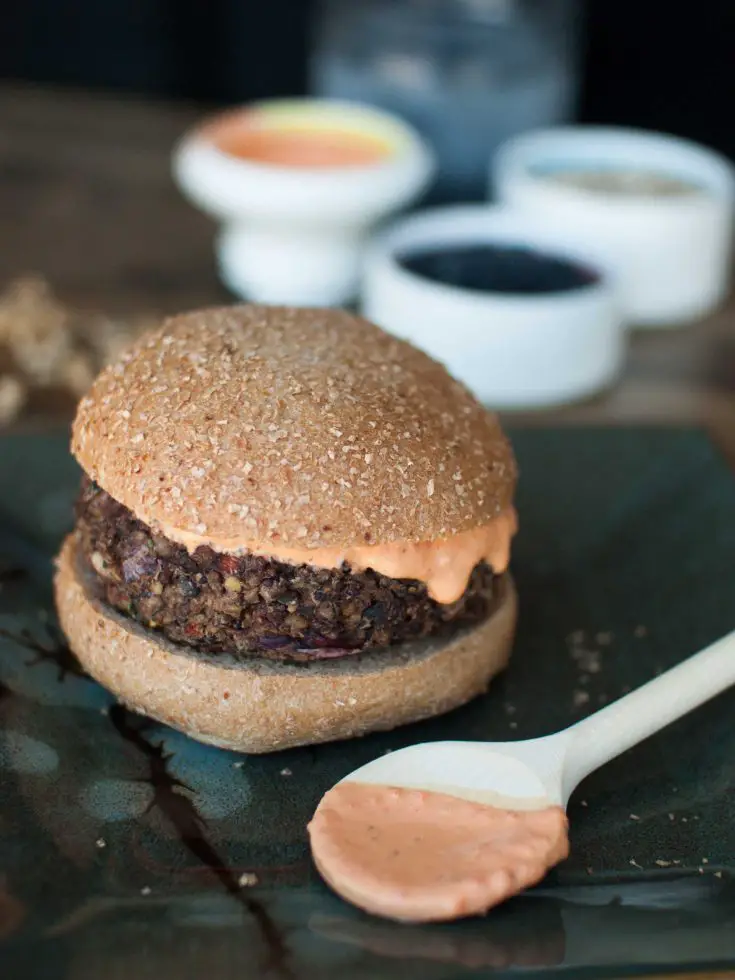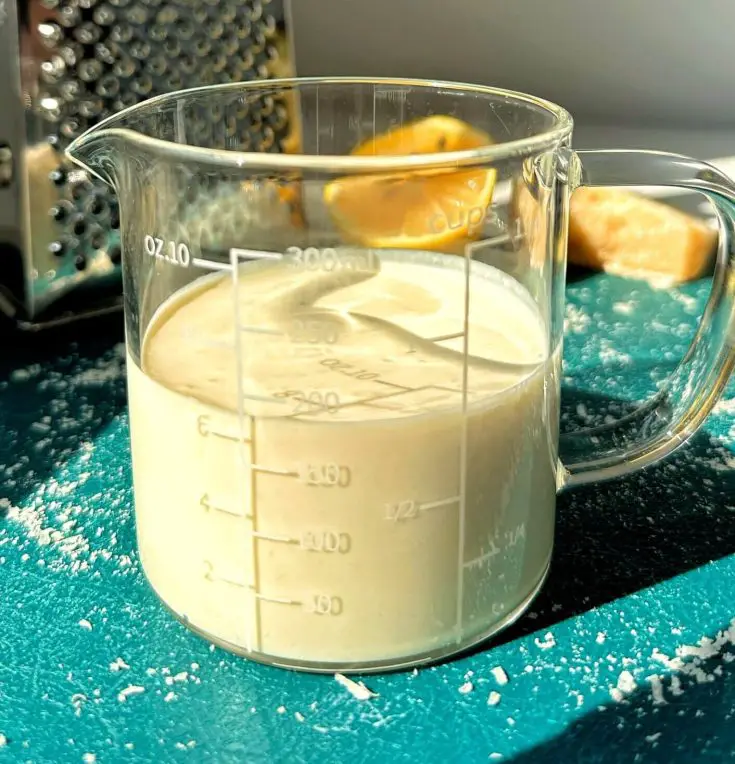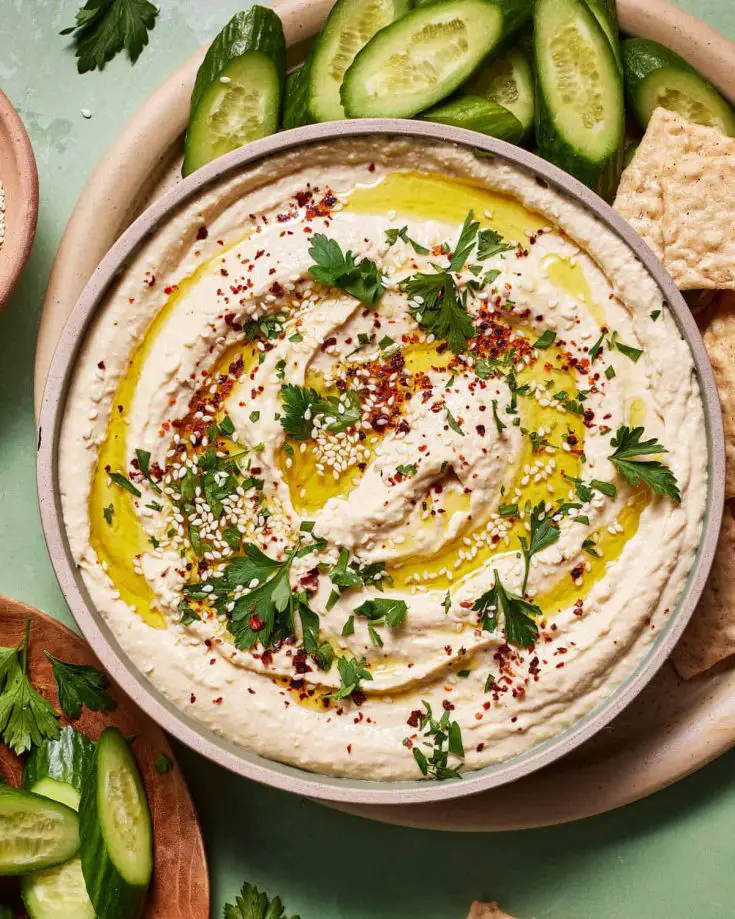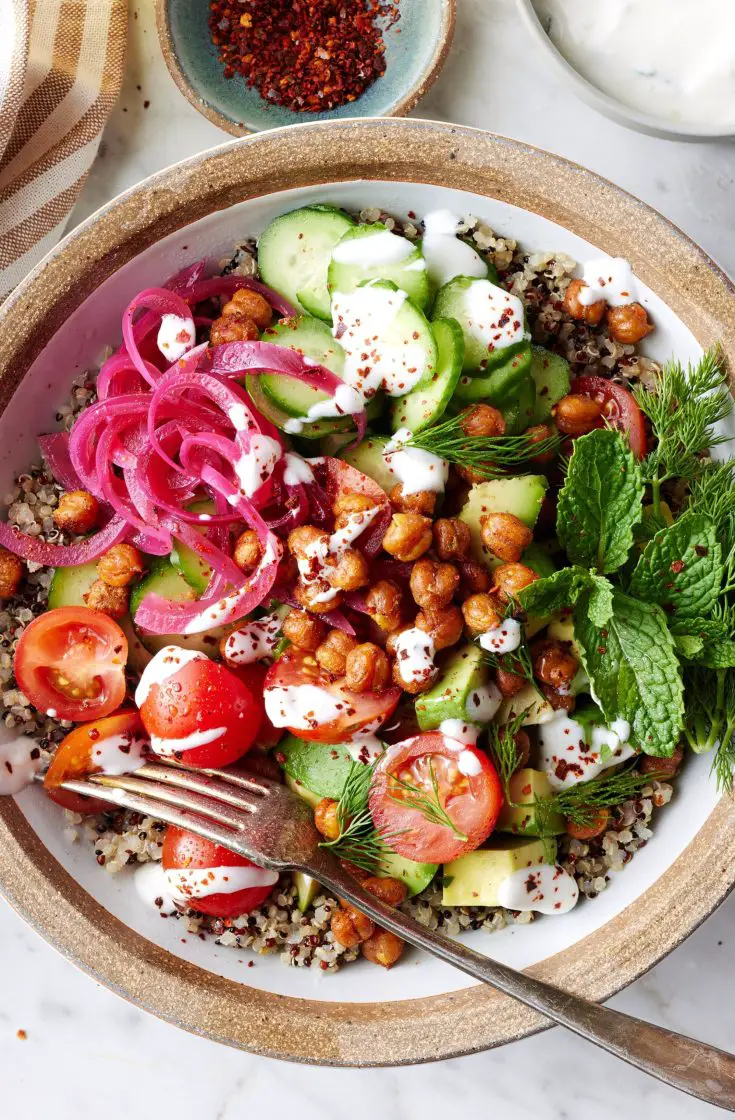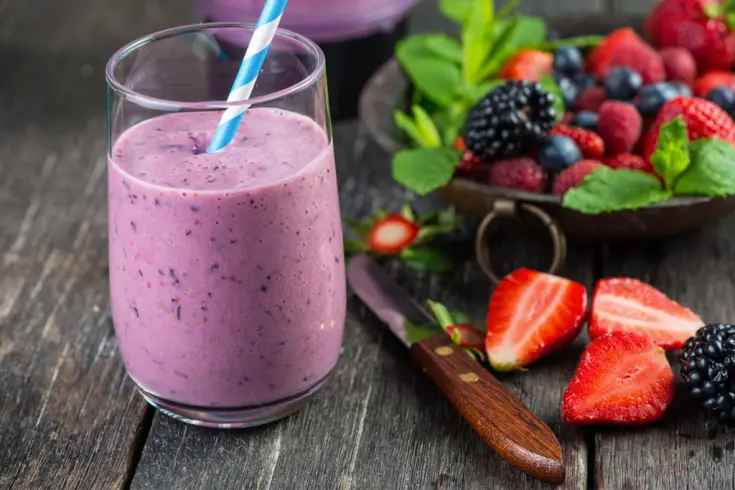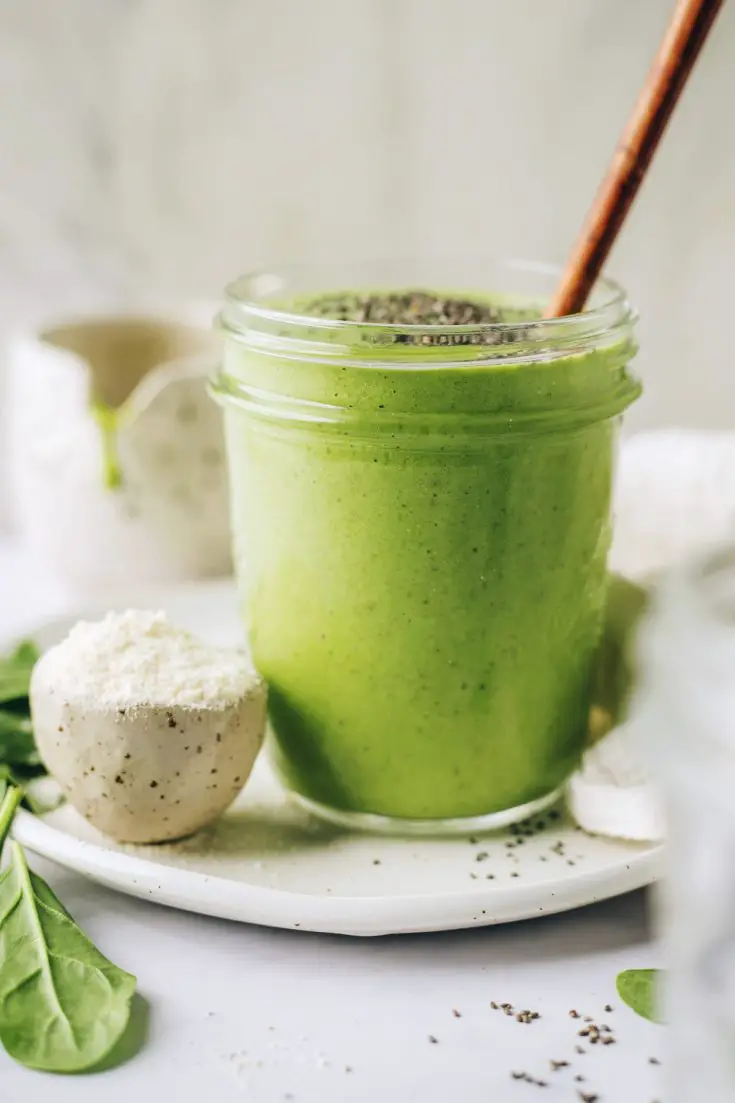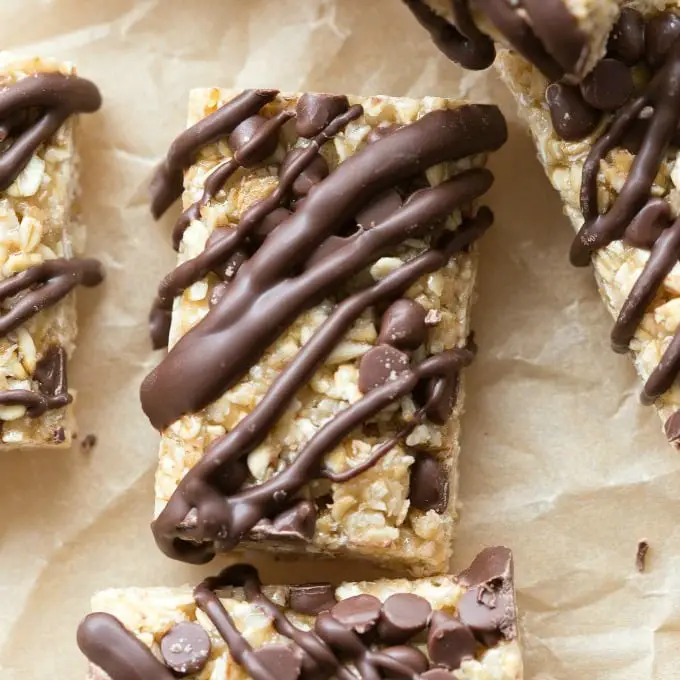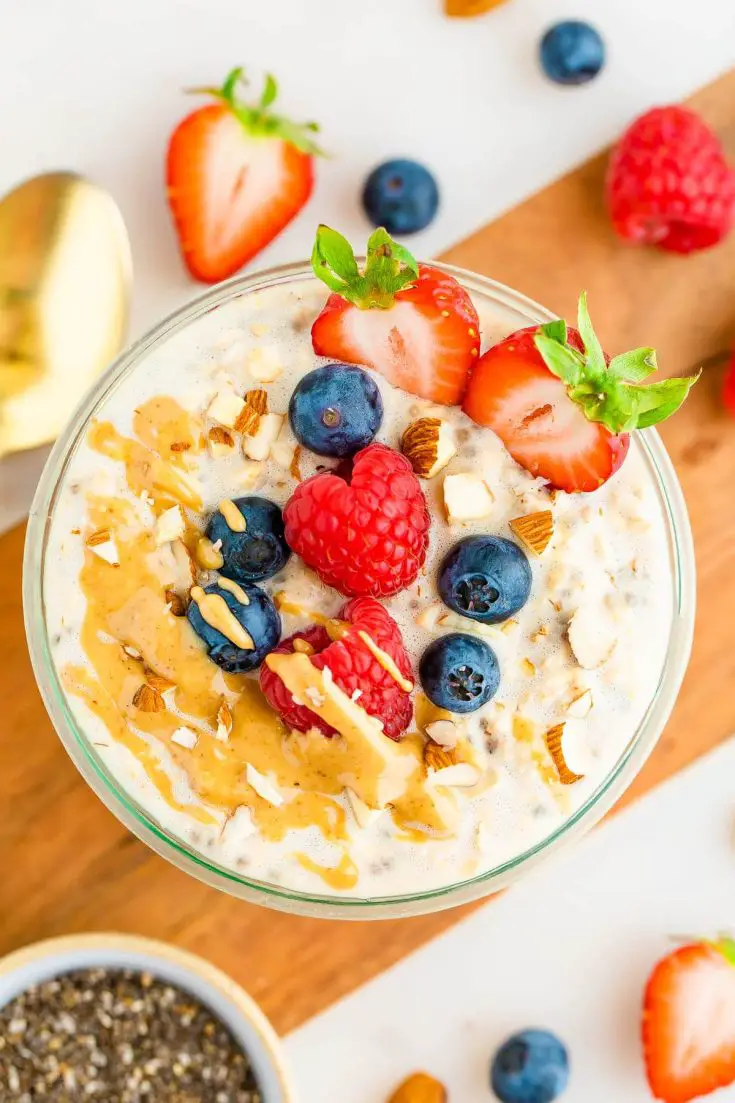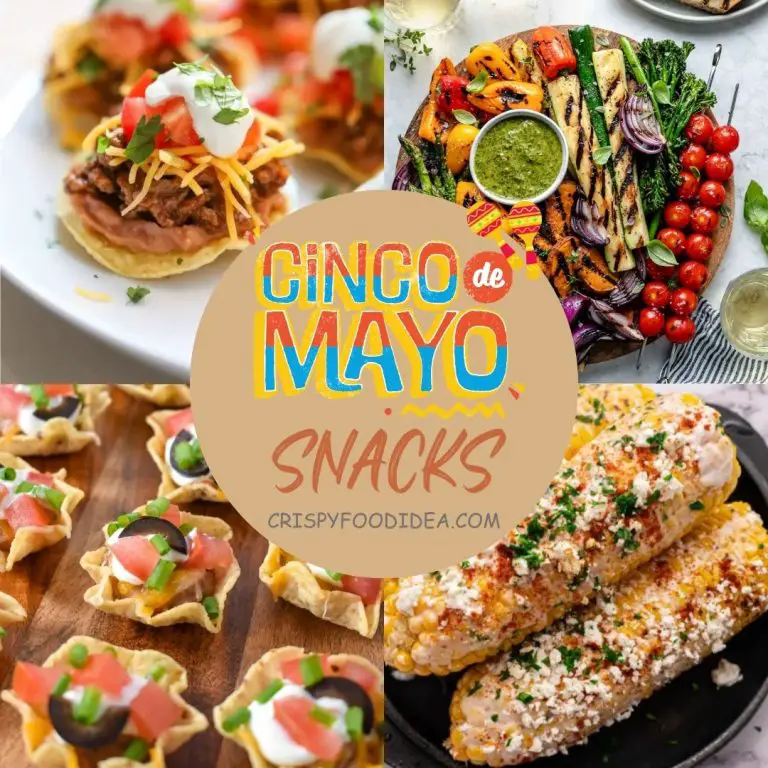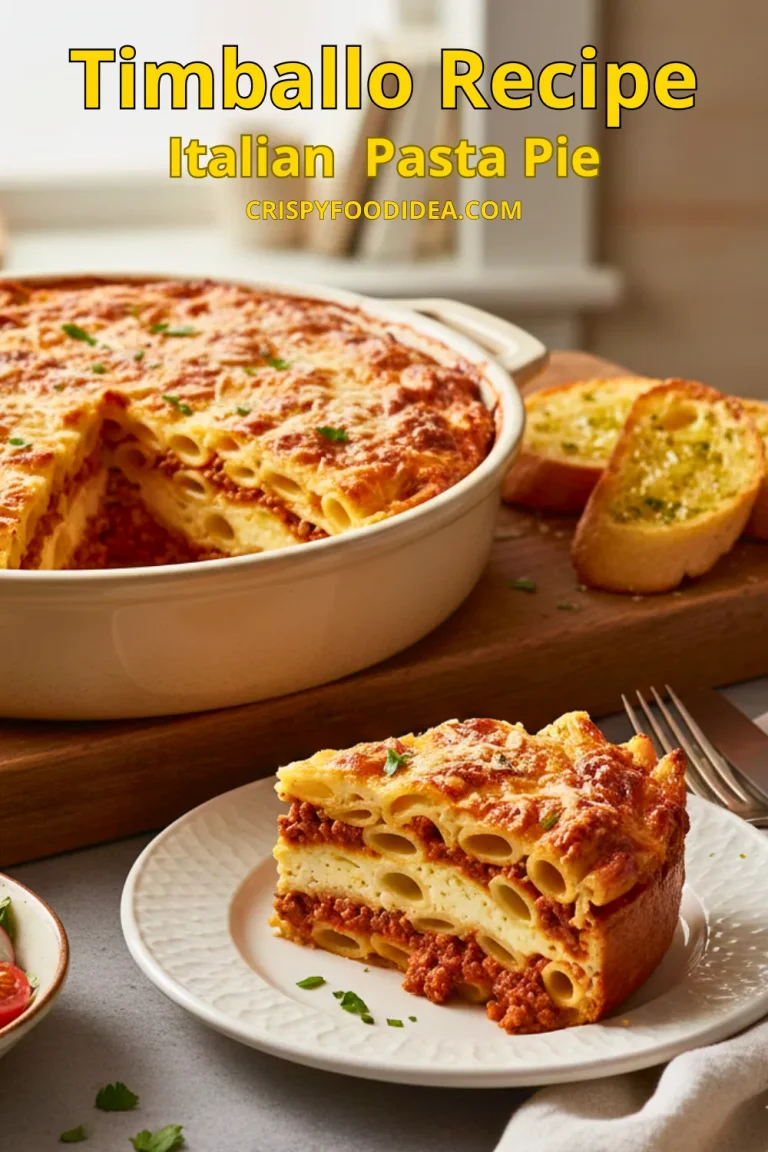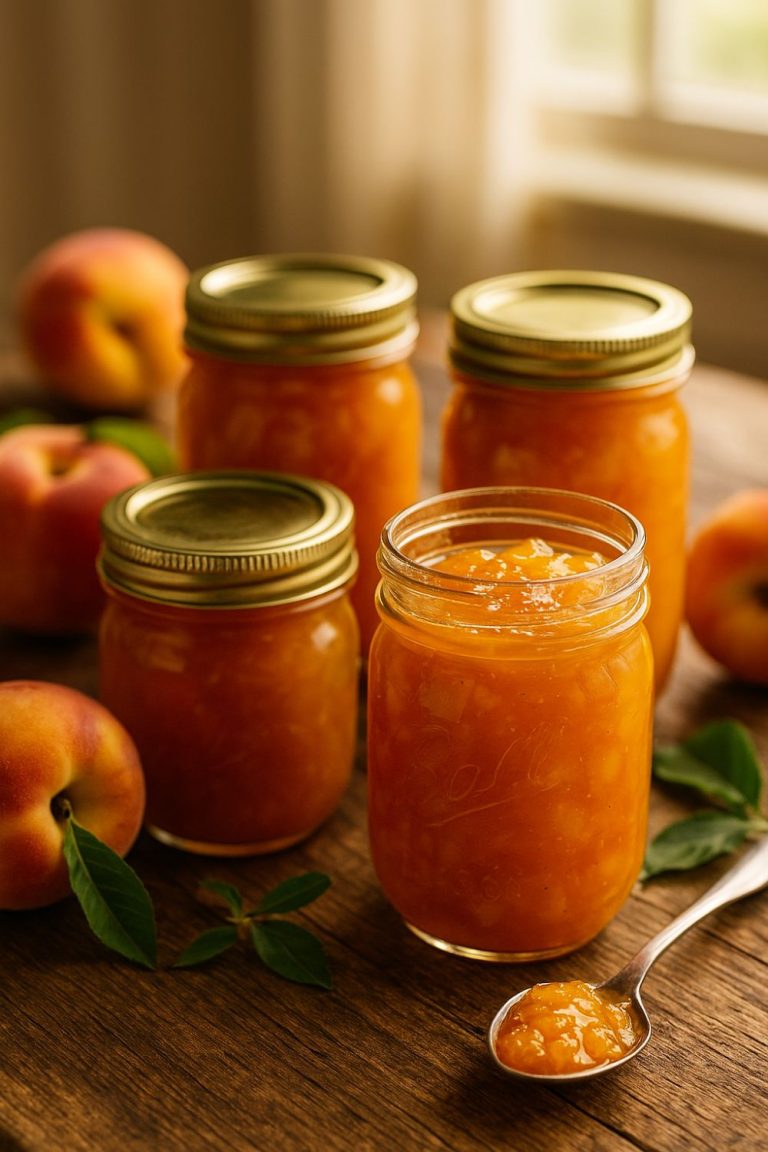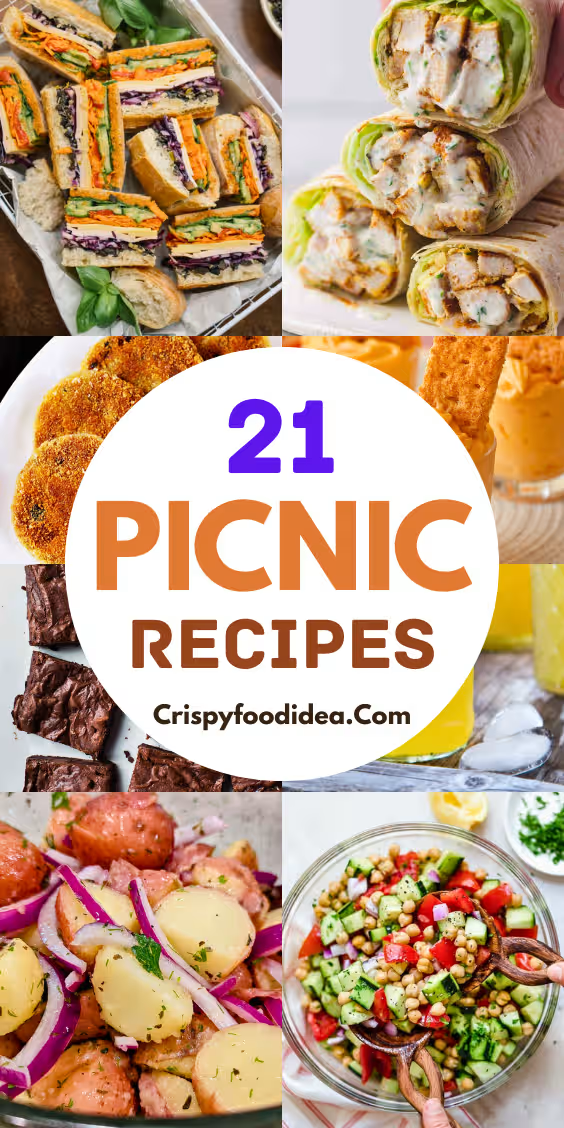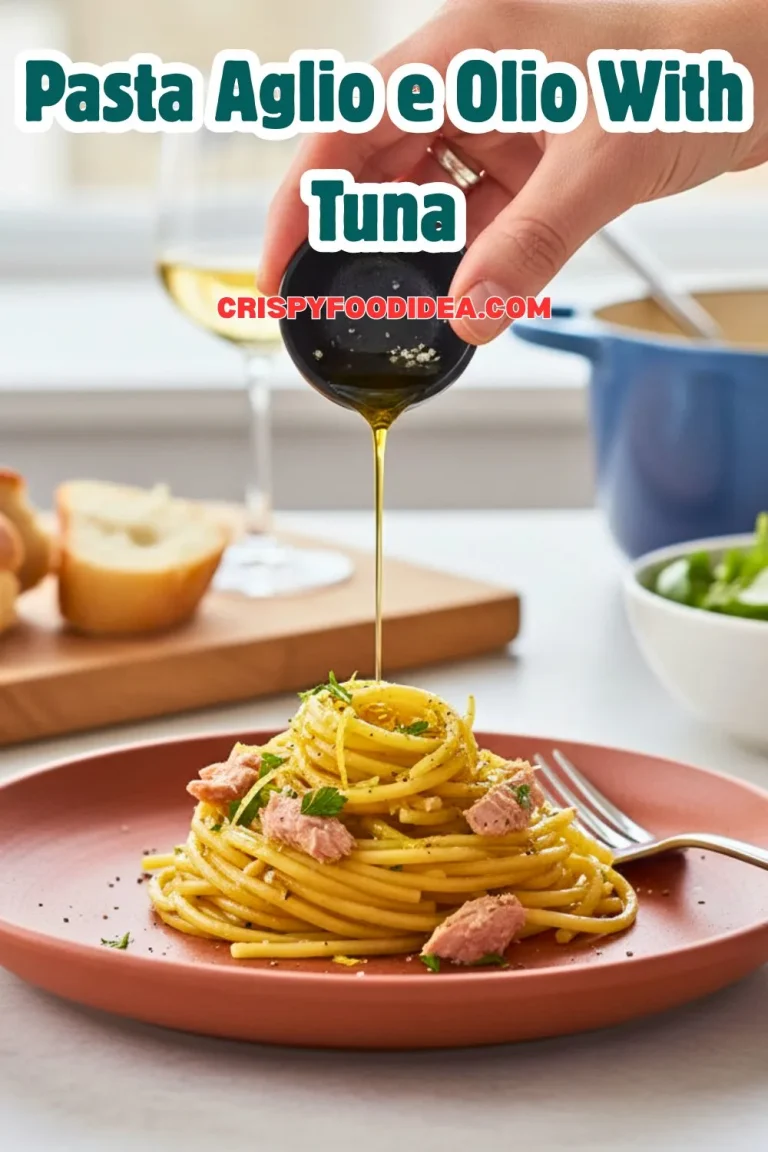21 Healthy Protein Powder Recipes | Easy & Delicious Protein Boosters
Here are healthy protein powder recipes that are easy to make, delicious, and packed with nutrients. Protein powder is one of the best supplements for muscle recovery, increased satiety, and overall health—but it doesn’t have to be limited to shakes!
Here you’ll find 21 healthy protein powder recipes that are perfect for breakfast, snacks, post-workout recovery, and even delicious meals. These recipes are designed to fit a variety of dietary preferences, including vegan, gluten-free, and low-carb options—so everyone can enjoy the benefits of protein powder without sacrificing taste or variety.
All of the recipes use healthy ingredients and are easy to prepare, making them perfect for meal prep or quick, nutritious snacks. In this post, you’ll learn how to use protein powder in recipes, the best types of protein powder for cooking, and creative ways to make your diet healthier and more balanced.
What Is Protein Powder?
Protein powder is a concentrated source of high-quality protein derived from various natural foods, commonly used as a dietary supplement to support muscle growth, weight management, and overall health. It’s a popular choice for athletes, fitness enthusiasts, and anyone looking to increase their daily protein intake conveniently.
Types of Protein Powder
- Whey Protein: Fast-digesting, derived from milk, rich in essential amino acids.
- Casein Protein: Slow-digesting milk protein, ideal for sustained release.
- Plant-Based Protein: Includes pea, hemp, rice, and soy proteins—perfect for vegans and lactose-intolerant individuals.
- Egg White Protein: High-quality protein, dairy-free with excellent absorption.
Why Use Protein Powder?
Including protein powder in your diet is an effective way to meet your daily protein requirements without adding extra calories or fat. Whether you’re looking to rebuild muscle, lose weight, or simply increase your energy, protein powder provides a versatile, convenient option that fits seamlessly into shakes, smoothies, baked goods, and more.
For an in-depth guide on protein powder types and benefits, check out this comprehensive article on Healthline’s Protein Powder Guide.
Why Use Protein Powder in Recipes? (Benefits of Protein Powder Recipes)
Adding protein powder to recipes is a smart and delicious way to increase your daily protein intake, and support muscle growth, weight loss, and overall health.
Top Benefits of Using Protein Powder in Recipes
- Enhances Nutritional Value: Easily increases protein content in smoothies, baked goods, and snacks.
- Supports Muscle Recovery & Growth: Essential amino acids help repair muscles after workouts.
- Boosts Metabolism & Weight Loss: High-protein meals promote fullness and reduce cravings.
- Convenient & Versatile: Protein powder can be added to almost any recipe without altering taste significantly.
- Helps Meet Daily Protein Needs: Ideal for vegetarians, vegans, and busy lifestyles.
Numerous scientific studies confirm that protein supplementation enhances dietary intake and supports fitness goals. For detailed research, visit the Examine.com protein benefits page, a trusted resource for evidence-based nutrition information.
By integrating protein powder recipes into your daily routine, you enjoy tasty meals that fuel your body efficiently — without the hassle of complicated meal prep. Ready to discover easy, healthy recipes? Keep reading!
How to Choose the Right Protein Powder for Your Recipes
Selecting the best protein powder for recipes can transform your meals and snacks into powerful, nutritious dishes.
1. Consider Your Dietary Preferences
Are you vegan, lactose-intolerant, or gluten-sensitive? Choosing a plant-based protein powder like pea, hemp, or brown rice protein is ideal for vegan and dairy-free diets. For those who tolerate dairy, whey protein is a popular option known for its complete amino acid profile.
2. Flavor & Texture Matter
Protein powders come in a variety of flavors—vanilla, chocolate, unflavored, and more. Choose a flavor that complements your recipes, especially if you plan to bake or blend it into smoothies. For baking, unflavored or vanilla protein powders provide versatility without overpowering the taste. Texture-wise, some powders are creamier while others can be gritty, so testing small amounts first can save you from unpleasant surprises.
3. Trusted Brands You Can Rely On
For quality and consistent results, consider well-reviewed protein powders from reputable brands. Here are some of the best protein powders for recipes available:
- Optimum Nutrition Gold Standard Whey – Ideal for baking and smoothies.
- Vega Sport Plant-Based Protein – Great for vegan-friendly recipes.
- Nutrition Advance Plant Proteins – High-quality, allergen-free options.
4. Check Ingredients & Nutritional Information
Always read labels to avoid unwanted additives like artificial sweeteners, fillers, or allergens. Choose protein powders with a high protein-to-calorie ratio to maximize nutritional benefits. For recipe use, powders with minimal ingredients yield better texture and flavor.
Essential Tips for Cooking with Protein Powder: How to Avoid Clumps & Maximize Flavor
Cooking with protein powder can elevate your meals by adding a powerful protein boost. But without the right techniques, it can clump or affect the texture. Follow these expert tips for cooking with protein powder to make your recipes smooth, delicious, and nutrient-packed every time!
- Use a Blender or Whisk for Smooth Mixing: To prevent protein powder clumps, always blend or whisk your ingredients well. Adding protein powder to liquids first helps it dissolve evenly.
- Adjust Liquid Ratios: Protein powder absorbs moisture quickly. Increase the amount of liquid slightly when baking or making smoothies for a perfect texture.
- Choose the Right Protein Powder Type: Different powders (whey, plant-based, casein) behave differently when cooked. For example, whey blends smoothly, while plant-based powders may require extra moisture or binding agents.
- Keep Baking Temperature Moderate: High heat can break down protein quality and alter texture. Bake protein-rich recipes at lower temperatures (around 325°F / 160°C) for best results.
- Enhance Flavor with Natural Sweeteners & Spices: Protein powders sometimes taste bitter or chalky. Adding cinnamon, vanilla extract, or natural sweeteners like honey or maple syrup balances the flavor beautifully.
- Store Protein Powder Recipes Properly: Keep baked or prepared protein snacks in airtight containers in the fridge to maintain freshness and texture.
21 Awesome Protein Powder Recipes For Daily Lifestyle
Protein Berry Smoothie Bowl
This easy protein powder smoothie bowl recipe is awesome and packed with nutrients. Blend your favorite protein powder with frozen berries, banana, and almond milk for a creamy base. Top with granola, chia seeds, and fresh fruits for texture and flavor. This recipe is perfect for a healthy protein-packed breakfast that fuels your body and keeps you full longer. Using protein powder in smoothie bowls is a delicious way to boost muscle recovery and weight loss efforts. Try this protein powder smoothie bowl for a refreshing and nutritious morning boost.
Protein Powder Oatmeal (22g Protein)
Upgrade your morning oats with this high-protein oatmeal recipe using protein powder. Stir one scoop of vanilla or chocolate protein powder into hot oatmeal along with cinnamon and nut butter for extra flavor and sustained energy. This quick and easy recipe is ideal for those seeking healthy protein powder recipes for breakfast that support metabolism and muscle building. Packed with fiber and protein, it helps balance blood sugar and curb cravings throughout the day. Try this protein oatmeal recipe to start your mornings strong and satisfied.
Flourless Banana & Protein Powder Pancakes (40g+ Protein)
These protein pancakes with banana and berries are really delicious! Made by mixing protein powder, mashed banana, eggs, and oats, this recipe is an excellent low-calorie protein powder pancake recipe. Rich in fiber and protein, these pancakes are perfect for weight loss or muscle gain diets. Top with fresh berries for antioxidants and natural sweetness. Easy to make and nutrient-dense, this healthy protein pancake recipe keeps your breakfast exciting and fulfilling.
Protein Chia Pudding
Combine chia seeds with your favorite protein powder for this delicious protein-packed chia seed pudding recipe. Mix chia seeds, almond milk, and protein powder, then refrigerate overnight. The result is a creamy, nutrient-rich pudding ideal for a healthy high-protein snack or breakfast. Chia seeds provide omega-3 fatty acids and fiber while protein powder helps muscle recovery and satiety. Perfect for on-the-go nutrition, this easy protein powder chia pudding recipe is a must-try for anyone looking to boost protein intake effortlessly.
5-Ingredient Protein Muffins {20 grams}
Bake for your health with these protein muffins made with almond flour and protein powder. This gluten-free, low-carb muffin recipe uses whey or plant-based protein powder to add muscle-building benefits. The almond flour adds healthy fats and fiber, making these muffins the perfect healthy protein snack or breakfast option. Easy to make and customizable with blueberries or almonds, these muffins help support weight loss and boost energy levels. Try this protein powder muffin recipe for a portable, delicious meal packed with nutrients.
5-Minute Protein Peanut Butter Energy Bites
Fuel your day with these simple no-bake protein energy bites made from oats, peanut butter, honey, and protein powder. These bite-sized snacks are perfect for a quick high-protein snack on the go or post-workout energy boost. Packed with clean ingredients and no added sugar, these energy bites promote muscle recovery and sustained energy. Ideal for weight loss and fitness enthusiasts, this easy protein powder energy bites recipe requires no oven and only minutes to prepare, making it one of the best healthy protein powder recipes for snacks.
Protein Yogurt Parfait Recipe
Create a creamy, layered protein powder yogurt parfait by mixing Greek yogurt with vanilla protein powder, then layering with fresh berries and granola. This parfait is a delicious way to enjoy a high-protein breakfast or snack that supports digestion and muscle repair. Using protein powder boosts the protein content and helps with satiety, making it ideal for weight management. This recipe is quick to assemble and perfect for busy mornings or post-workout refueling, making it a favorite in healthy protein powder recipes.
Fudgy Protein Brownies (4 Ingredients!)
Get rid of the guilt by eating these healthy chocolate protein brownies made with protein powder. Using ingredients like almond flour, cocoa powder, and protein powder, these brownies offer a rich chocolate flavor with added benefits for building muscle. Perfect for dessert or a post-workout treat, this recipe fits well with a low-calorie protein powder dessert plan. Satisfy your sweet tooth while keeping your protein intake high and sugar low. This protein powder brownie recipe is a delicious way to enjoy sweets without compromising your health goals.
No Bake Chocolate Peanut Butter Protein Bars
Homemade peanut butter protein bars with protein powder make a perfect on-the-go snack or breakfast substitute. Combining peanut butter, oats, honey, and protein powder, these bars provide sustained energy and muscle recovery benefits. They’re easy to prepare and customizable with chocolate chips or nuts. Great for fitness enthusiasts looking for healthy high-protein snacks, these bars help curb cravings and boost metabolism. This recipe ranks high in protein powder snack recipes for its convenience and nutrition.
Protein Ice Cream {3 Ingredients}
Cool down with this creamy, dairy-free protein ice cream made with protein powder and frozen bananas. Blended with plant-based protein powder and natural sweeteners, this ice cream is the perfect low-calorie, high-protein dessert. Great for weight loss and muscle recovery, this recipe is easy to customize with flavors like vanilla, chocolate, or berries. This healthy protein powder ice cream recipe provides a delicious way to satisfy your cravings while hitting your protein goals.
Pea Protein Soup Recipe
Add a healthy flavor to soup with this delicious protein powder soup thickener recipe. Mix unflavored protein powder into your vegetable or chicken soup to boost the protein content without changing the taste. Ideal for those looking for high-protein meal ideas, this easy method supports muscle repair and satiety. Perfect for weight loss or fitness diets, this trick makes the soup more filling and nutritious. Try this protein powder soup recipe to effortlessly increase your daily protein intake.
Protein Powerhouse Veggie Burgers
Mix beans, vegetables, and unflavored protein powder to make delicious and healthy protein powder veggie patties. These patties are great for high-protein vegetarian meals and are perfect as a burger or side dish. Rich in fiber and protein, they aid in digestion and muscle building. Easy to bake or pan-fry, these patties fit perfectly into any meal prep plan. Anyone looking for a healthy protein powder recipe for dinner or a vegetarian meal will love this recipe.
5- minute High-Protein Caesar Salad Dressing
Upgrade your salad with a protein-rich salad dressing made with Greek yogurt, lemon juice, herbs, and unflavored protein powder. This dressing boosts the protein content of your salad, making it the perfect healthy protein powder recipe for weight loss. It adds creaminess and nutrition without the extra calories. Perfect for fitness enthusiasts or anyone looking to add more protein to their meals, this easy dressing transforms salads into filling, nutritious meals.
Easy High-Protein Hummus
Enhance your classic hummus with unflavored protein powder to create a protein-infused hummus dip. This recipe provides an easy way to increase your protein intake while enjoying a delicious snack. Ideal for dipping vegetables or crackers, it's a great option for a healthy high-protein snack. This hummus keeps you full for longer and aids in muscle recovery, perfect for weight loss or fitness diets. Try this protein powder hummus recipe to add variety to your snack routine.
Mediterranean Quinoa Bowl
Combine quinoa, vegetables, and a scoop of protein powder to make a protein-packed quinoa bowl perfect for lunch or dinner. This recipe is packed with complete protein, fiber, and essential nutrients. It's perfect for those looking for healthy high-protein meal ideas that help build muscle and manage weight. Easy to prepare and highly customizable, this quinoa bowl recipe is one of the best protein powder recipes for meal prep.
Berry Protein Recovery Shake
Recover faster after workouts with this refreshing berry protein recovery shake. Blend mixed berries, protein powder, spinach, and almond milk for a delicious and nutrient-dense drink. Perfect for post-workout nutrition, this shake helps muscle repair and replenishes energy stores. This recipe is a top pick for healthy protein powder smoothie recipes and weight loss support. Quick, tasty, and packed with antioxidants and protein, it’s a winner for fitness lovers.
Green Protein Smoothie
This green protein smoothie is made with spinach, kale, banana, and protein powder for a nutritious breakfast or snack. Rich in vitamins and protein, it helps with muscle growth, detoxification, and increased energy levels. Ideal for those looking for a healthy protein powder smoothie recipe that helps with weight management and muscle recovery. Easy to make and customizable, this smoothie is an everyday health booster.
Oatmeal Protein Bars
These homemade protein oat energy bars combine oats, protein powder, nuts, and honey for a delicious high-protein snack. Perfect for on-the-go energy, these bars support muscle repair and satiety. A great alternative to store-bought bars, this recipe is ideal for healthy protein powder snack recipes focused on clean eating and fitness.
Power Packed Pancakes Recipe
Transform your breakfast with protein pancake wraps filled with nut butter and a fruit blend. Use protein powder in this recipe to create a fluffy, nutritious wrap that's ideal for weight loss and muscle building. Easy to prepare and portable, these wraps are perfect for healthy protein pancake recipes and quick meals.
Protein Hot Chocolate Recipe
Warm up with this creamy vanilla protein hot chocolate made by blending protein powder with cocoa, almond milk, and a touch of vanilla. This comforting drink is low in calories but high in protein, perfect for weight loss or muscle recovery. This recipe is a delicious way to enjoy a healthy protein powder drink without the guilt.
Protein Overnight Oats
Make mornings easy with this protein powder overnight oats recipe. Combine oats, milk, chia seeds, and protein powder, then refrigerate overnight for a creamy, high-protein breakfast. Perfect for busy lifestyles, this recipe supports weight loss and muscle repair. It’s a top choice in healthy protein powder breakfast recipes.
Frequently Asked Questions About Protein Powder Recipes
If you like this article about Protein Powder Recipes, please share this with your friends on Facebook and Pinterest. Also, subscribe to my blog to get all the latest content first on your mobile.

